Akaso Sight-300 review: see in the dark (just not too far)
Akaso's affordable night-vision monocular can turn pitch black into daylight, but it's not without caveats
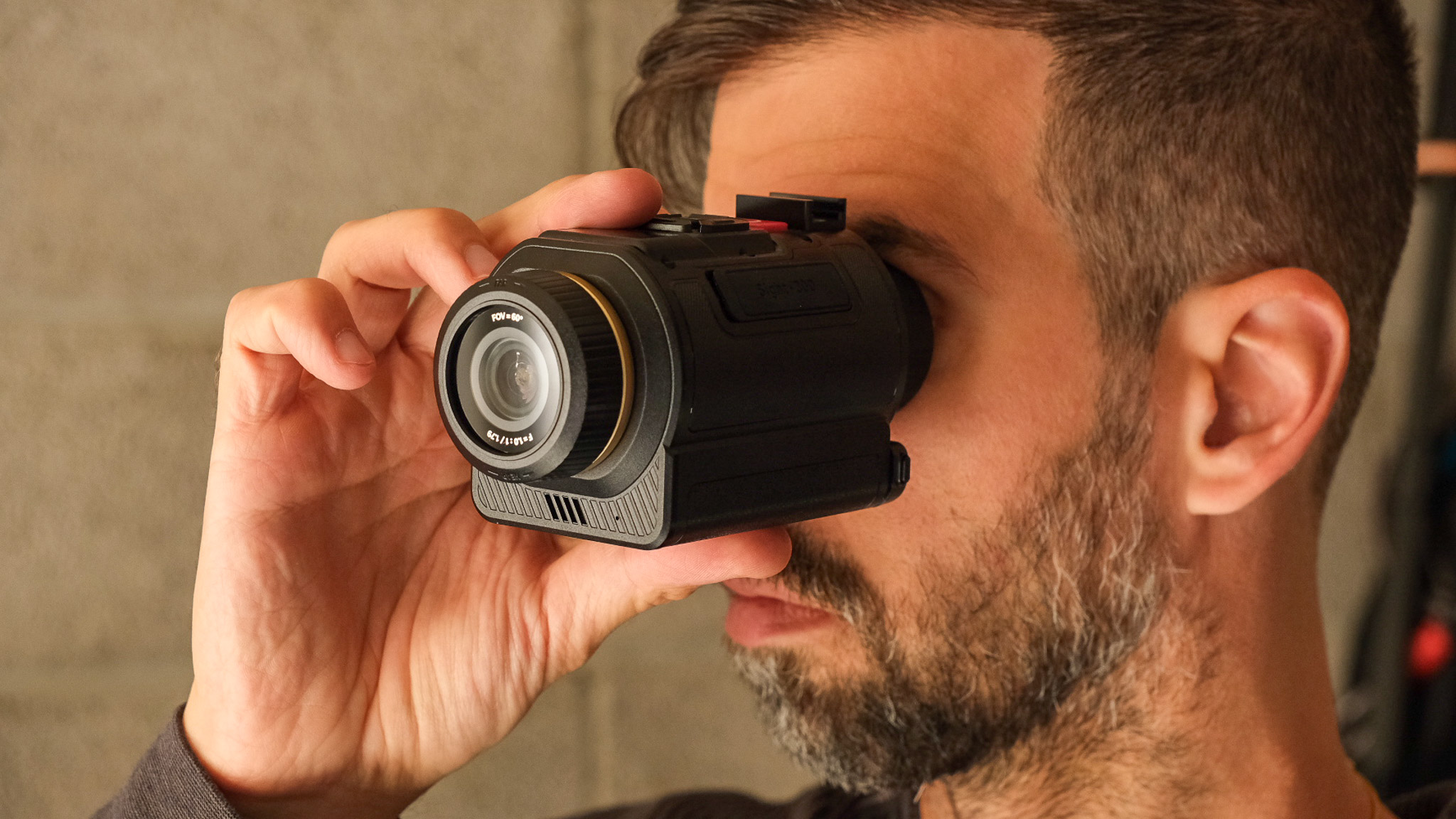
The Akaso Sight-300 impresses with bright, colourful night vision at a fraction of the price of traditional models, but its lack of optical zoom keeps it grounded. It’s best suited to close-range observation or tactical-style use, not long-distance spotting. It's smart, rugged, and affordable, just don’t expect it to replace real night-vision optics.
-
+
Bright, colourful night vision
-
+
Rugged, compact build;
-
+
Removable battery
-
+
Affordable price
-
-
No optical zoom
-
-
Fiddly manual focus
-
-
Overbright screen
-
-
Limited long-range use
Why you can trust T3

The Akaso Sight-300 is being pitched as “AI night vision for the rest of us,” a handheld/helmet-mountable monocular that can pull colour and detail out of scenes that are basically pitch black to the naked eye.
Akaso claims it uses a big 1/1.79-inch CMOS sensor, a super wide F/1.0 lens and an AI image processor to brighten shadows, smooth grain and keep things sharp, instead of giving you the classic blurry green haze you associate with budget night vision.
On paper, it sounds brilliant: true-colour night vision, 4K recording, rugged housing, swappable battery. In reality, I think it largely delivers on the “see more in the dark” promise, but with some significant usability caveats, especially if you’re imagining this as a long-range wildlife or security scope.
The main limitation is optics. There’s no optical magnification. You’re basically looking at a wide, digitally enhanced feed on a little internal screen rather than through traditional glass optics, and any zoom is digital.
That means the Sight-300 is most effective at close to medium distances and loses appeal if your goal is proper surveillance, spotting animals across a field, or anything that relies on identifying subjects from range.
Get closer, though, checking out what’s rustling at the end of the garden, scanning a campsite or doing quasi-tactical building sweeps, and suddenly it makes a lot more sense.
Akaso Sight-300 review
Price and availability
At the time of writing (24 October 2025), the Akaso Sight-300 is still in its crowdfunding phase. Akaso ran the device on Kickstarter, with early-bird backers paying in the ballpark of $159–$169. Retail pricing is expected to land closer to $290–$300 once it goes fully on sale, according to Akaso’s campaign materials and early coverage.
Get all the latest news, reviews, deals and buying guides on gorgeous tech, home and active products from the T3 experts
Proper military-spec night vision, or even good commercial night vision binoculars/monoculars with optical magnification, can easily cost four figures. The Sight-300 aims to undercut that by a huge margin.
As with any crowdfunded product, delivery dates and final specs can shift, and taxes/import duties are usually extra. Akaso is already an established budget action camera brand, not a total unknown, and it’s sold previous low-light products like the Akaso Seemor-200, so this isn’t a random startup with no track record.
Build quality and ergonomics
From the outside, the Sight-300 looks like something between an action camera, and a compact monocular. The body is lightweight for what it does, roughly 260–280 grams, and rated IP65, which means you don’t have to panic if you get caught in a storm or you’re out in damp woodland.
It’s clearly designed to be thrown into a pack, clipped to a vest, or even helmet-mounted using the included bracket. Akaso actually talks about it running on a proper “tacticool” helmet setup, which tells you exactly who they think is buying this: airsoft/paintball/training nerds, farm owners doing perimeter checks, and hobbyists.
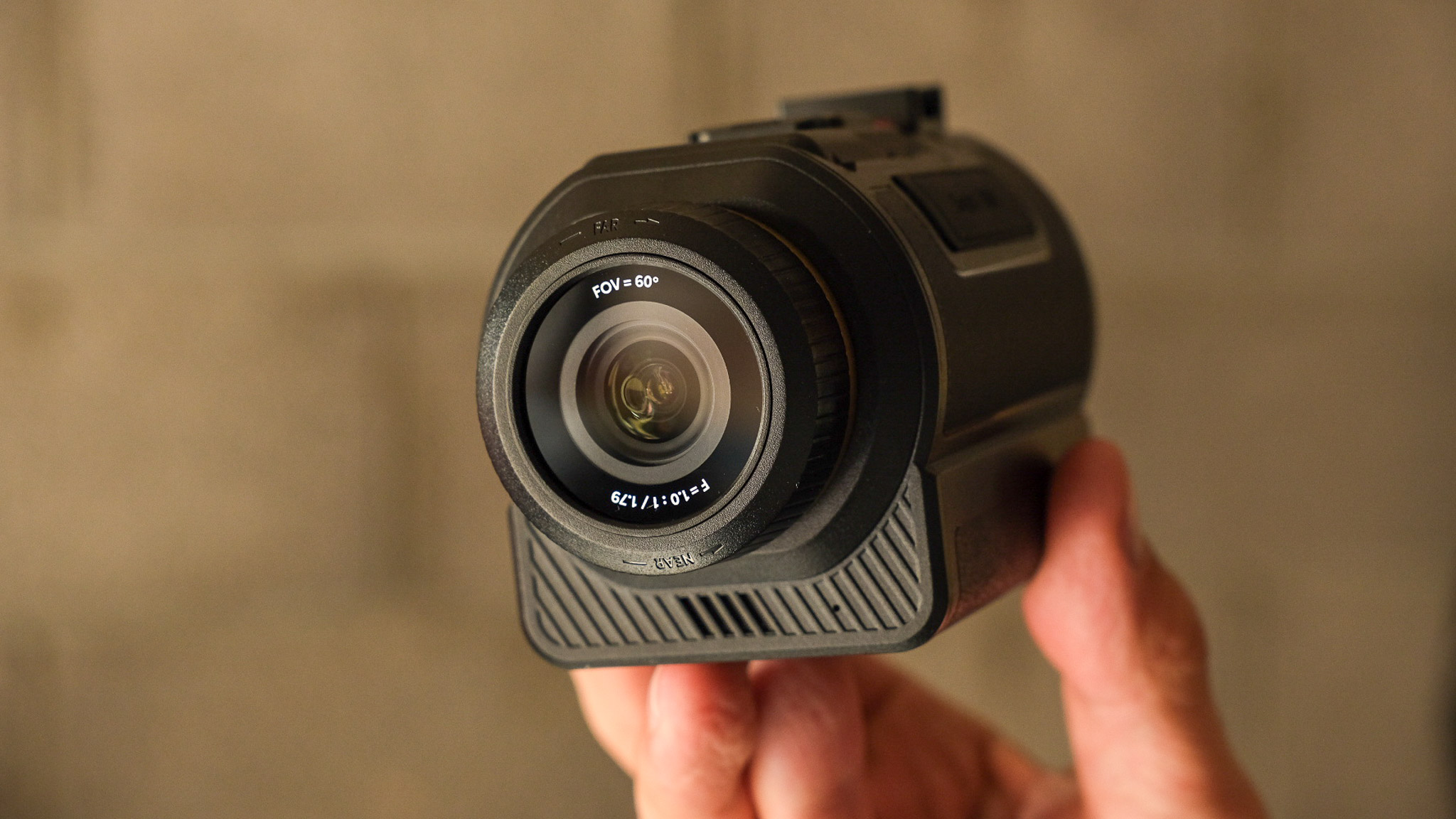
In the hand, the form factor works. It’s compact enough to stuff in a cargo pocket, and the controls are simple enough that you can figure them out in the dark. There are physical buttons to flick modes and adjust brightness, and a focus ring on the lens. That last part is a blessing and a curse. On one hand, manual focus means you can dial in clarity for the exact distance you care about. On the other hand, there’s no autofocus, so you’re constantly nudging focus.
The other thing to say about ergonomics is the view itself. You’re not looking “through” glass; you’re looking at a little display. That makes extended viewing slightly more like watching a tiny head-mounted cam feed than peering through binoculars. People online have pointed out that even at the lowest brightness setting, the screen can feel harsh, and I totally agree.
Features and performance
Akaso’s entire pitch is that Sight-300 isn’t just amplifying what’s already there; it’s actively reconstructing an image using – you guessed it – AI.
Inside is a large 1/1.79-inch CMOS sensor paired with a super-fast F/1.0 lens to pull in as much light as possible, and then a bespoke AI-ISP chip that does noise reduction, sharpening and motion blur control on the fly.
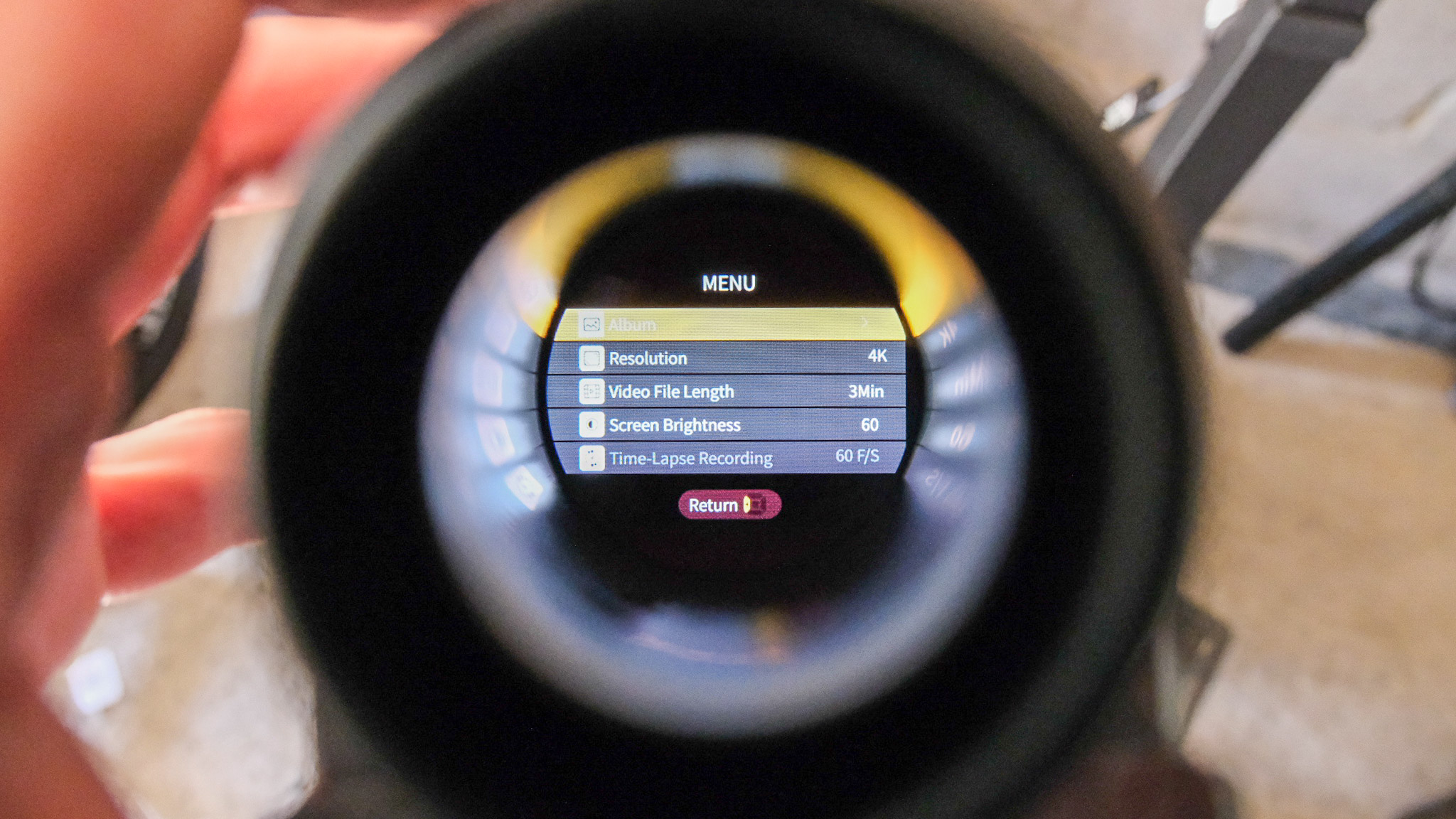
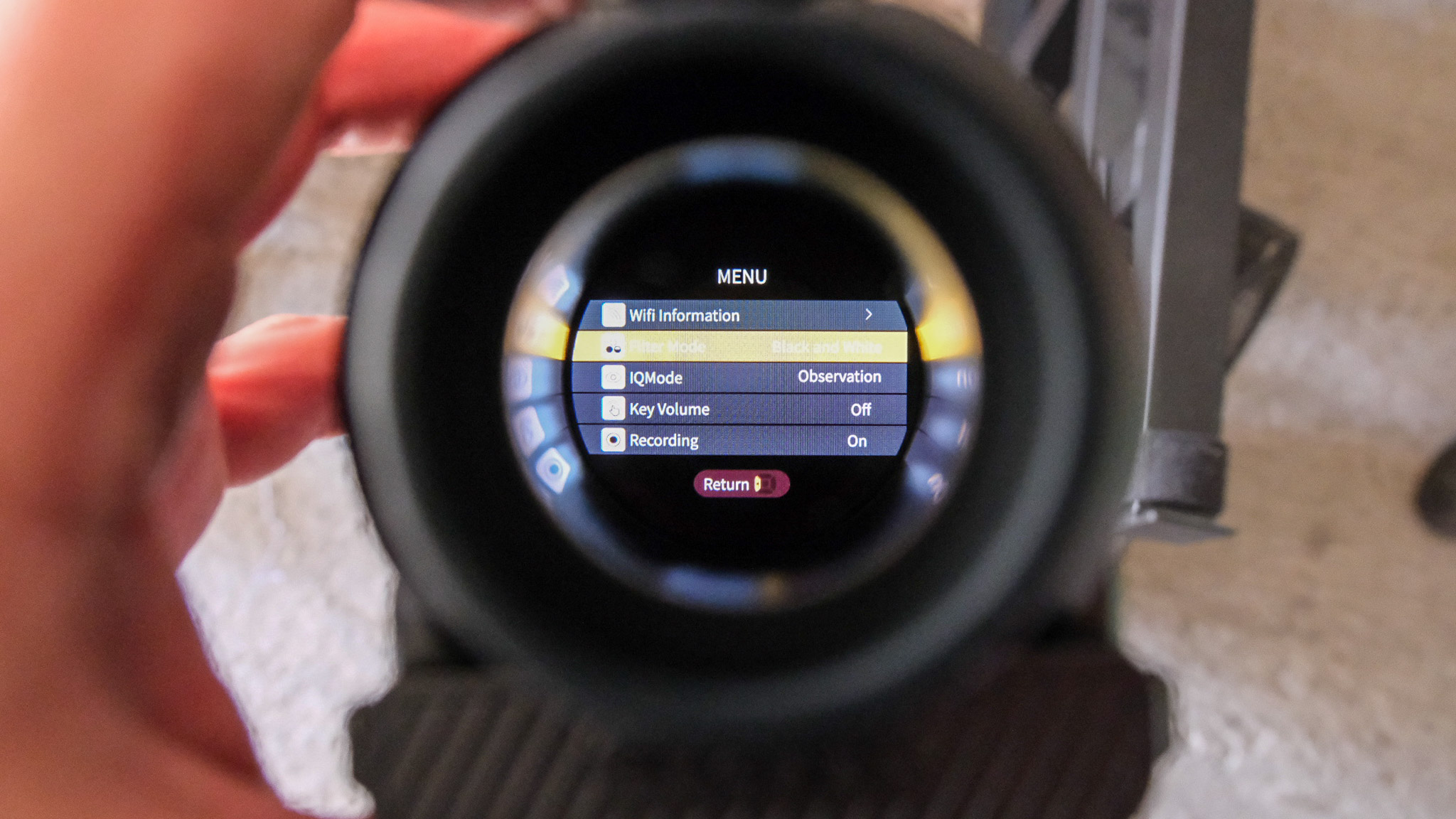
Akaso claims up to 99% colour accuracy, even under extremely low light, and says it can keep things legible down to around 0.001 lux, which is basically “moonless night” levels of dark.
In practice, that means two main experiences. Scenario one: there’s at least some ambient light (street lighting in the distance, glow from a window, a bit of skyglow). In that case, you can genuinely get surprisingly natural-looking colour video in situations that would normally just look like a black void to your eyes.
You can tell a red car from a blue car, and work out if that shape at the treeline is actually a fox. The feed feels smooth, and lag is minimal enough that you can actually move around with it, rather than treating it like a static spotting scope.
Scenario two: truly dark. No spill light, no moon, nothing. Here, the Sight-300 can still see, but footage in full-colour mode quickly becomes noisy and potentially too messy to properly identify subjects.
Switch to monochrome, and contrast jumps up, making object identification easier, but you lose the colour advantage that’s meant to set this apart from even more affordable night-vision toys. You can also pair it with an IR illuminator to flood the scene in invisible light, but the whole point of the Sight-300 is that it doesn’t need IR to see in the dark – a bit of a catch-22.
Field of view is another big talking point. Akaso quotes a 60° field of view, which is generous compared to a lot of budget night scopes that feel like looking down a tunnel. That wide view – reportedly driven by a 120° ultra-wide lens internally and then cropped to what you see – makes it good for situational awareness and close work.
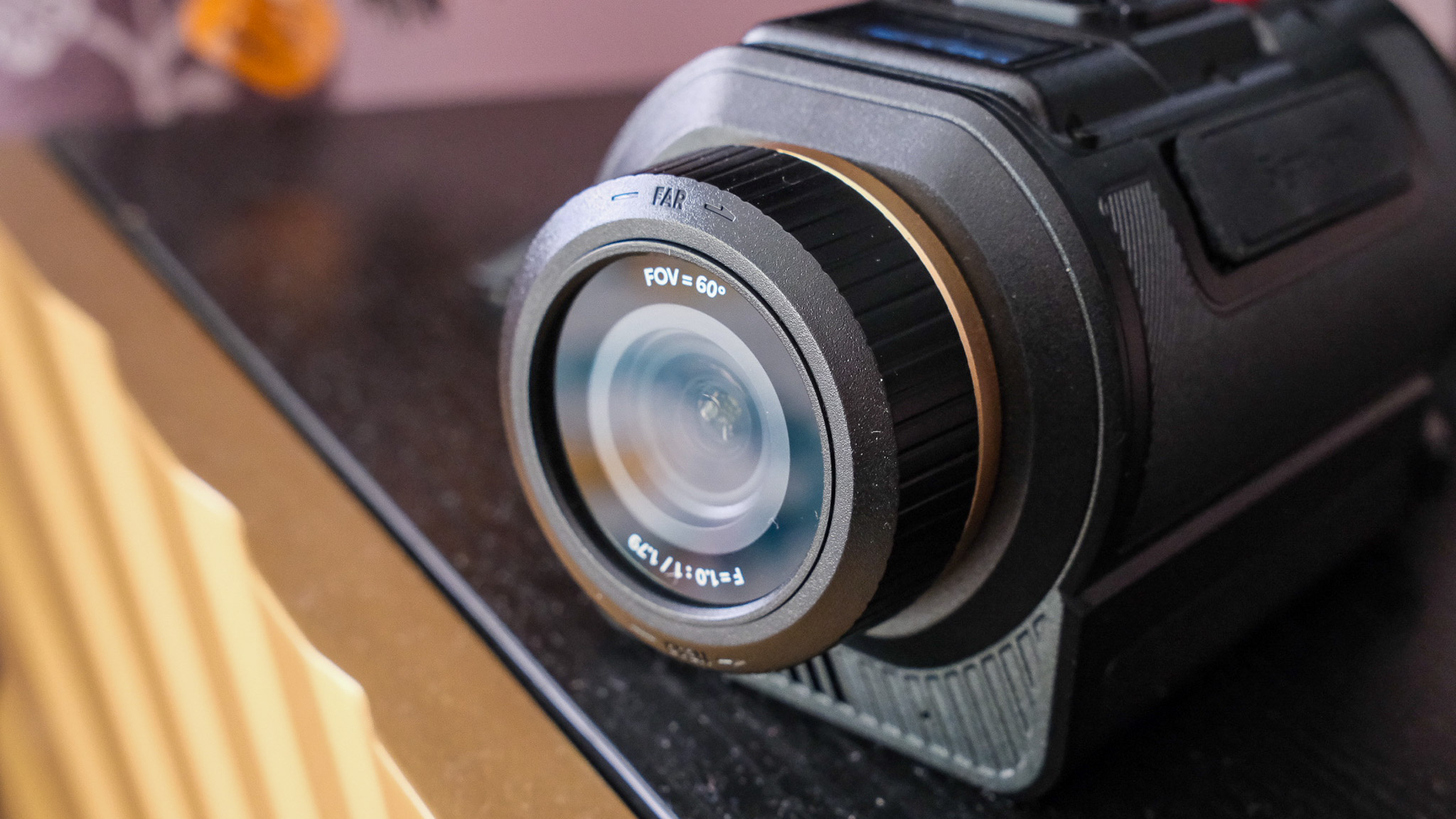
The flip side is, again, magnification: there is no optical zoom. You get up to 8x digital zoom, which is basically enlarging pixels. Push that too far and detail falls apart quickly.
As a recorder, though, it’s unusually capable for the money. You can capture 4K/30fps video or 2K/60fps, plus photos, and store them on microSD – Akaso says up to 512 GB – for later.
There also doesn’t seem to be app support for the Sight-300, despite Akaso having multiple apps. This might change when the product leaves the pre-production stage.
Battery life and charging
Akaso says you get roughly four hours of runtime on a removable battery, and you can hot-swap batteries in the field or just plug in a power bank via USB-C and keep going. For something this compact and this bright, four hours of continuous use is decent.
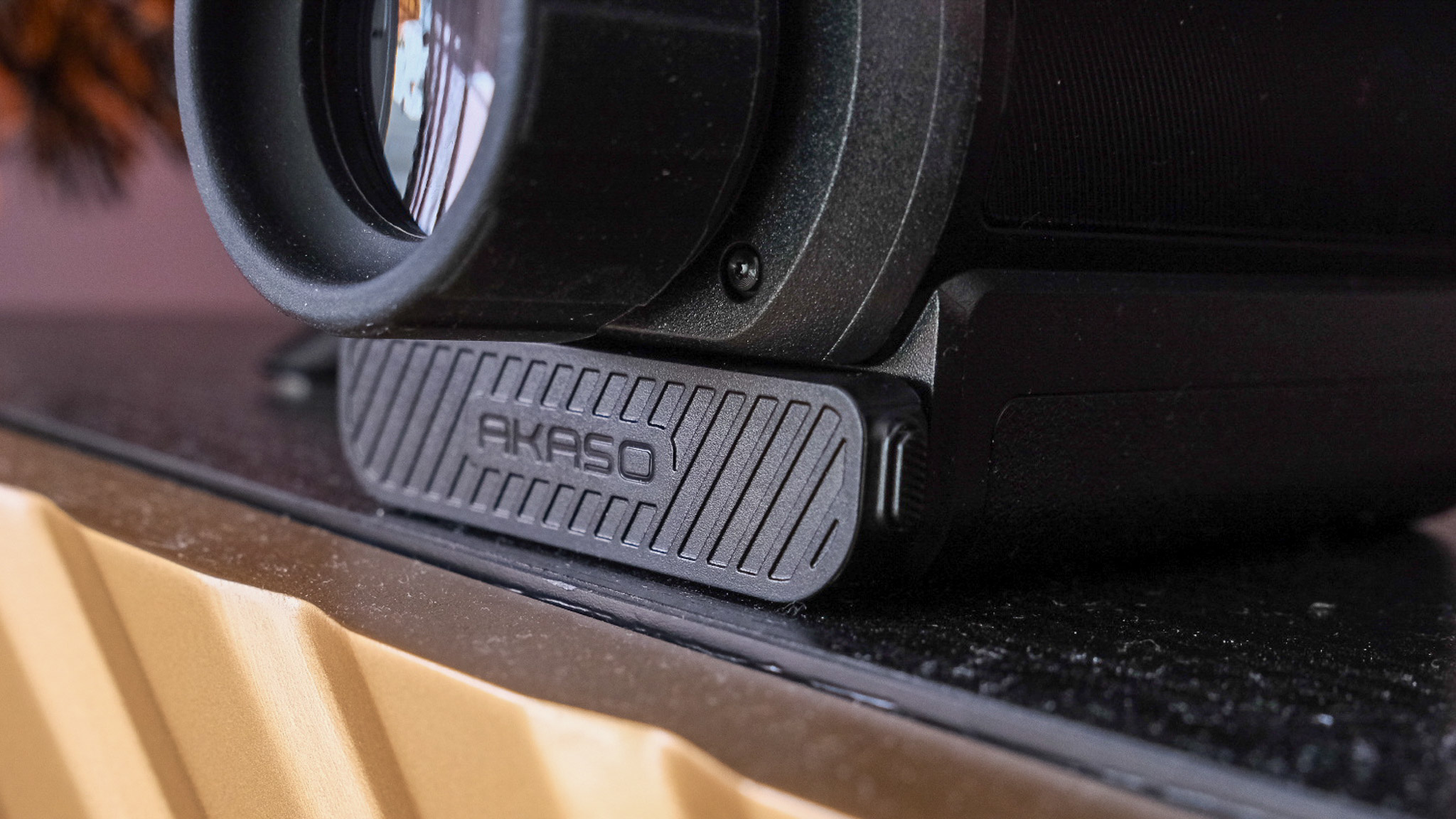
The battery port
The fact that the battery is removable is even more important than the raw number, because this isn’t the sort of device you’ll keep powered on all night like a security camera. You’ll more likely use it in bursts and then power it down.
Realistically, that means a single battery could get you through multiple nights of stop-start use, as long as you’re disciplined about not leaving it idling. Being able to top up from a standard USB power bank in the field is also very practical, especially for campers or anyone doing overnight watches.
Verdict
The Akaso Sight-300 is not a magic predator-vision helmet for (well) under $300. What it is is a genuinely interesting “see in the dark” tool that punches far above what you’d expect at this price. It’s light, weather-resistant, helmet-mountable and records in 4K.
In mild low light, it lets you pick out detail and even colour in scenes that look basically black to the naked eye, and it does it with surprisingly little lag. For close-quarters work, it absolutely makes sense.
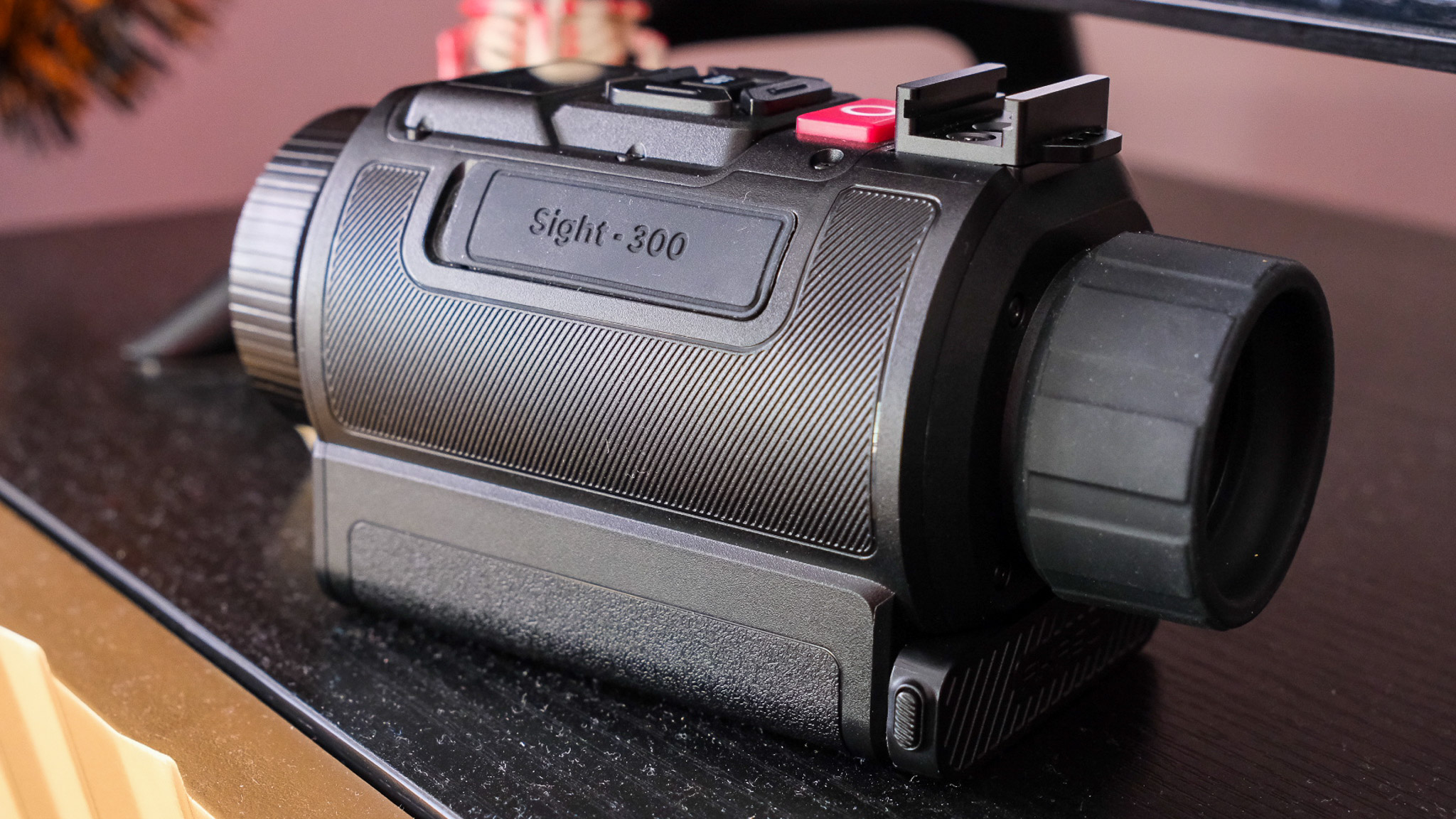
Where it falls down is range and polish. With no optical magnification and only digital zoom, it can’t replace a true spotting scope for wildlife, long-distance farm/security work, or proper search at 100+ metres. The manual focus is fiddly, the screen can be too bright at night, and file management feels very beta (for now).
If you go in expecting affordable, close-range, mostly hands-on night vision that can also record evidence in usable resolution, you’ll be happy. If you’re dreaming of pro-grade long-distance night optics on a budget – look elsewhere.

Matt Kollat is a journalist and content creator who works for T3.com and its magazine counterpart as an Active Editor. His areas of expertise include wearables, drones, fitness equipment, nutrition and outdoor gear. He joined T3 in 2019. His byline appears in several publications, including Techradar and Fit&Well, and more. Matt also collaborated with other content creators (e.g. Garage Gym Reviews) and judged many awards, such as the European Specialist Sports Nutrition Alliance's ESSNawards. When he isn't working out, running or cycling, you'll find him roaming the countryside and trying out new podcasting and content creation equipment.
You must confirm your public display name before commenting
Please logout and then login again, you will then be prompted to enter your display name.
